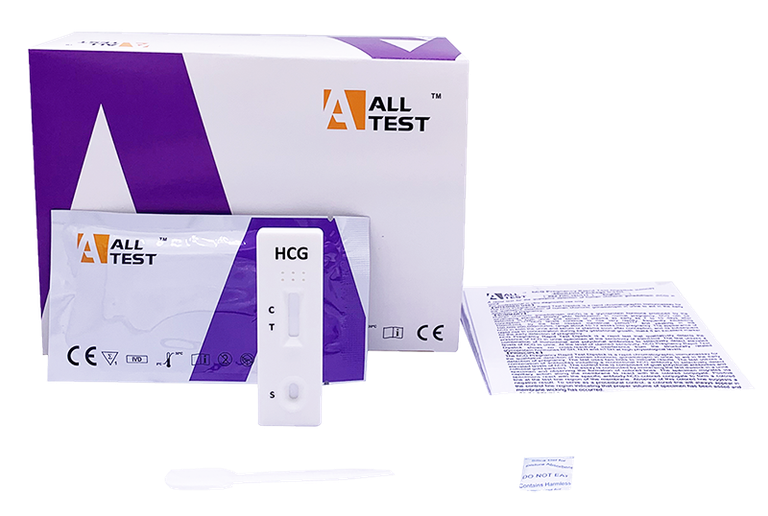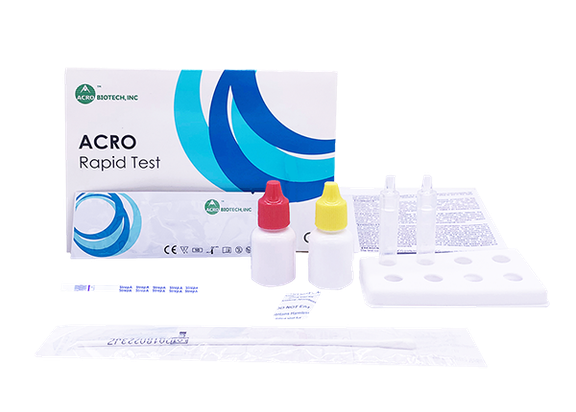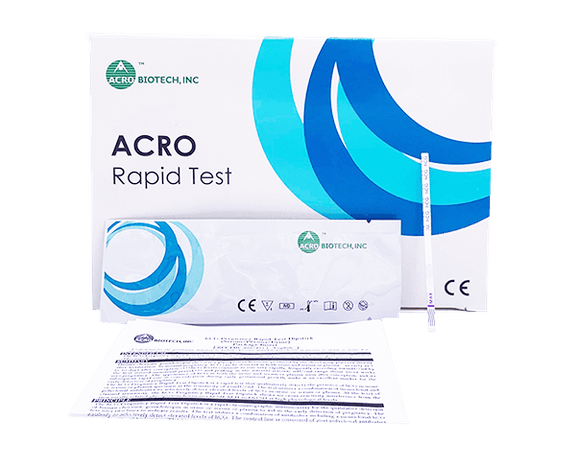CRP is part of the COVID-19 management triage in Chinese fever clinics

Coronavirus infection, which was officially named as COVID-19 by World Health Organization has caused a substantial influx of patients at the health care facilities in China. Based on the experience gained in the SARS epidemic in 2003, China has established fever clinics to triage a large number of patients entering the healthcare sites. CRP testing and complete blood count are used at the forefront for evaluation of infection and to direct patients further on the treatment path in the algorithm recently published by Lancet Respiratory Medicine1.
Although CRP does not normally elevate significantly in mild viral respiratory infections, levels have shown to increase in severe cases, such as in avian influenza H1N1 and H7N9, and during SARS epidemics in 2003. A similar significant increase of CRP has also been reported in COVID-19 patients2. One possible explanation for this phenomenon is the overproduction of inflammatory cytokines that take part in the defense against the pathogen, but also cause more severe symptoms and damage in lung alveoli and stimulate CRP production3-5. Therefore, CRP testing may be useful in the initial evaluation of coronavirus patients.
- Zhang et al. Therapeutic and triage strategies for 2019 novel coronavirus disease in fever clinics. Lancet Respir Med 2020; https://doi.org/10.1016/S2213-2600(20)30071-0
- Chen et al. 2020. Epidemiological and clinical characteristics of 99 cases of 2019 novel coronavirus pneumonia in Wuhan, China: a descriptive study. Lancet 2020; 395:P507-513.
- Vasileva & Badawi. C-reactive protein as a biomarker of severe H1N1 influenza. Inflamm Res 2019; 68:39-46.
- Wu et al. A new perspective on C-reactive protein in H7N9 infections. Int J Infect Dis 2016; 44:31-36.
- Huang et al. An interferon‐γ‐related cytokine storm in SARS patients. J Med Virol 2005; 75:185-194.


